With its monolithic concrete architecture and bustling academic life, the Ruhr University Bochum (RUB) in North Rhine-Westphalia seems like any other learning institution.
However, delve a little deeper, and you’ll uncover chilling tales that make RUB arguably Germany’s most haunted university.
Legend has it that Hajo Mulsow, born around 1935 and deceased in 1996, roams the catacombs and stairwells of the humanities buildings. This Eternal Student, characterised by his long unkempt hair, dishevelled appearance, and lingering musty odour, is a spectral reminder of his tumultuous past.
Hajo was once a very real person who was enrolled at the university until his death and folklore researcher Dirk Sondermann documented his story 41 years ago after a graduate from Bochum told him about it.
The tale tells of an Eternal Student who had been labouring over his doctoral thesis for decades, only to run out of funds and find himself evicted. He took refuge within the university’s humanities buildings, living a life on the edge, fearful of discovery, and only finding solace once lessons began.
READ ALSO: Halloween: Five of Germany’s most haunted places
But like all tales, the legend evolved over time. Hajo, once a tangible figure, now haunts the corridors as a ghostly apparition. RUB commemorated this legend a few years back by bringing him to life in a detailed illustration.
While the spectral version of Hajo roams the university’s passages, the living Hajo was a fervent left-wing activist. He was known for his passionate disruptions during seminars and protests in front of professors. Interestingly, Kurt Biedenkopf, who would later become the CDU Prime Minister of Saxony and then Rector of RUB, often showed Hajo kindness, occasionally offering him monetary aid.
Walter Neumann, a known figure at the Campus Center’s record store, fondly recalls Hajo.
“He probably remained enrolled mainly because being a student and a professional revolutionary was integral to his identity,” the record seller believes. He did eventually complete his journalism studies and wanted to follow it up with a dissertation on messages in bottles, but his professor didn’t approve. “After that, he lost his way and just hung around.”
The notion that Hajo, having dedicated almost his entire life to RUB, now haunts its halls as a spectral entity, is seen by Dirk Sondermann as an apt transition of a man into myth.
Sondermann, an author of several books including “Ruhr Legends” and someone who spent an extended time earning his Ph.D., has dedicated years to collecting and preserving regional tales, much in the spirit of the Grimm brothers, sourcing from the very heart of the community.

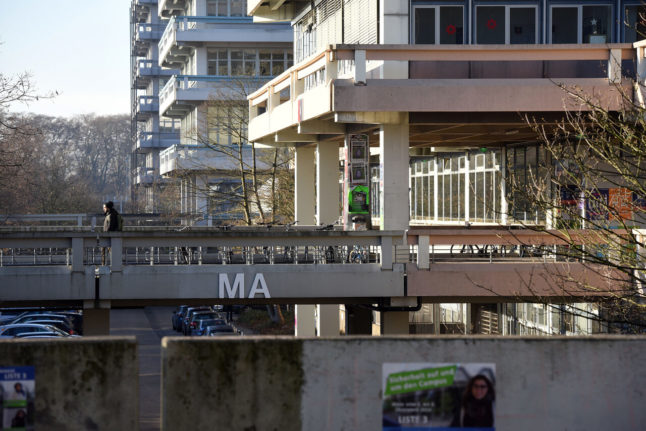
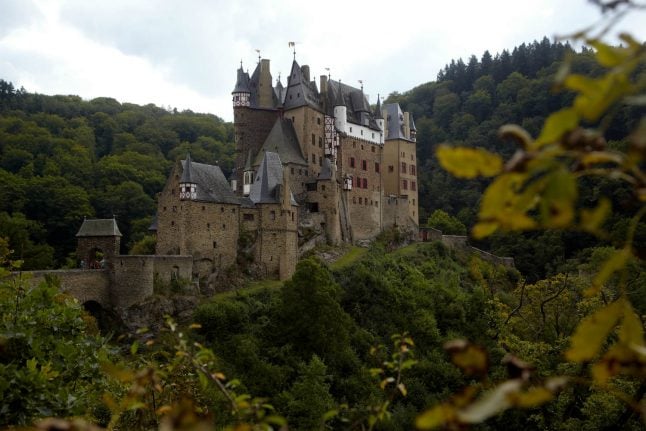
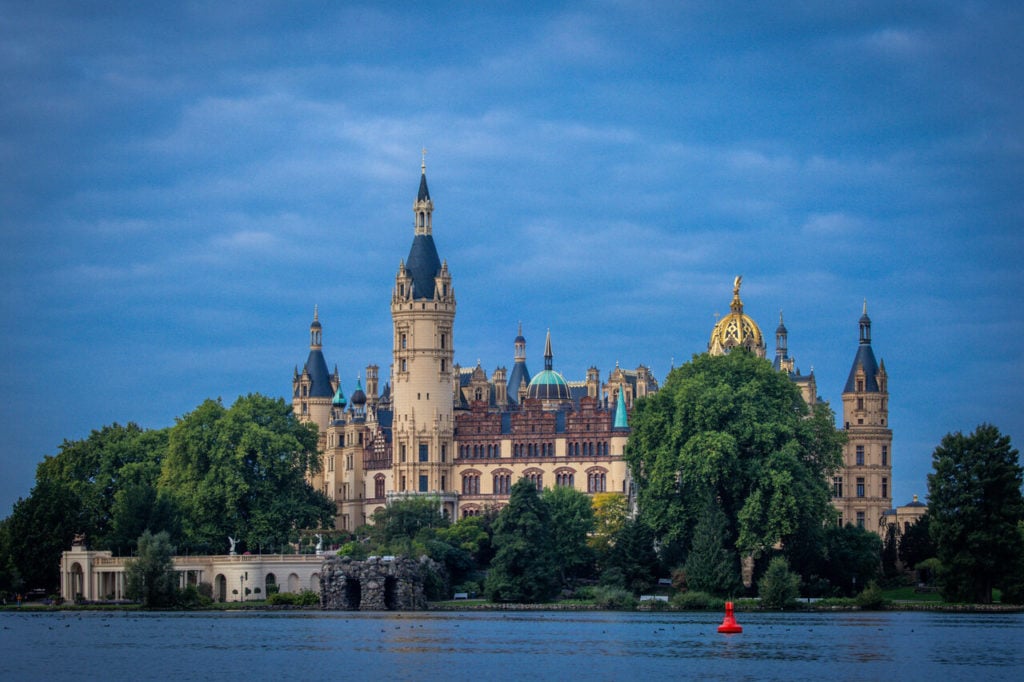
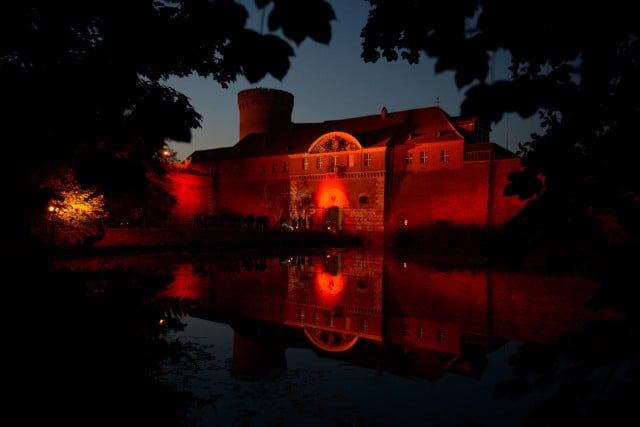
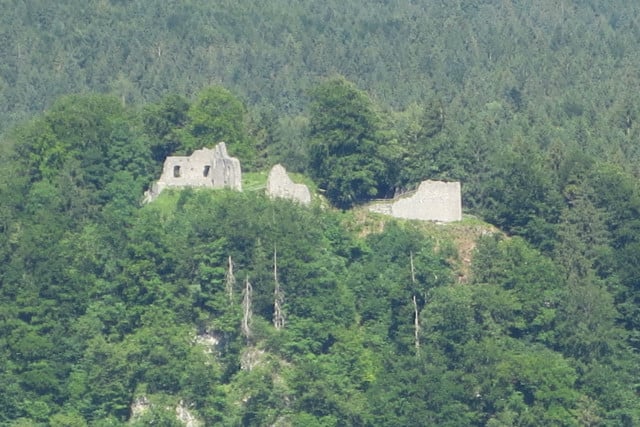
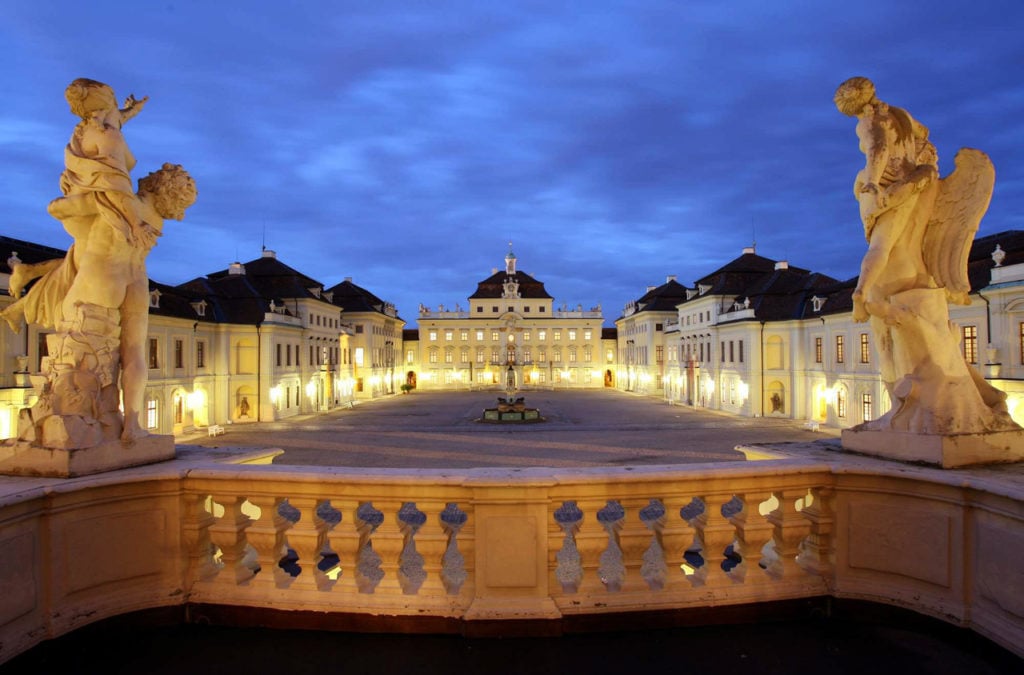
 Please whitelist us to continue reading.
Please whitelist us to continue reading.
Member comments